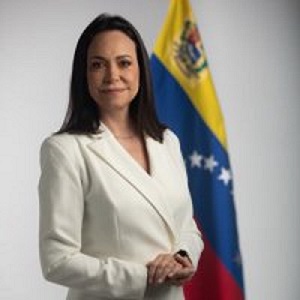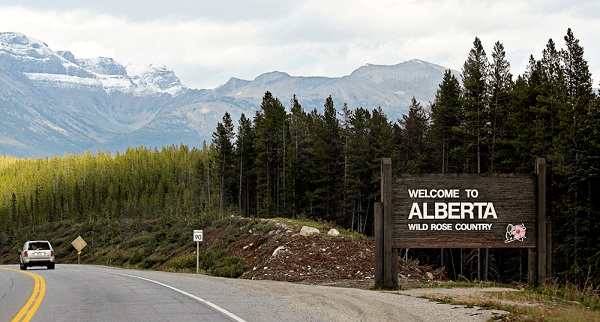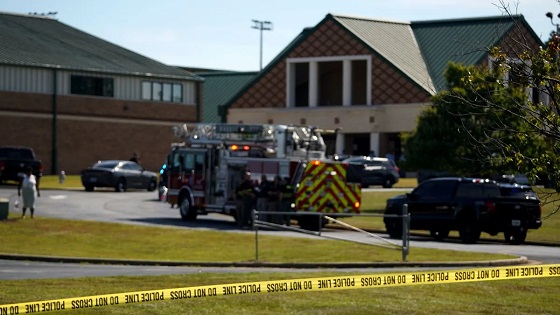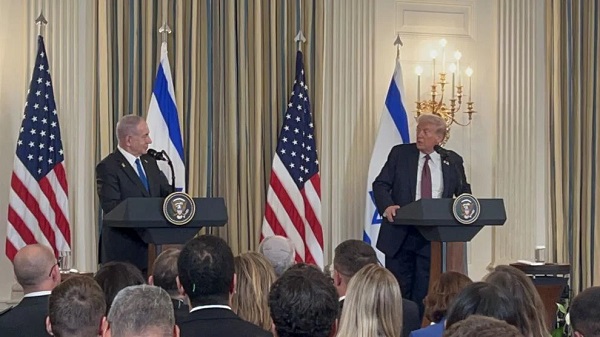Indigenous
The Quiet Remaking of Canada
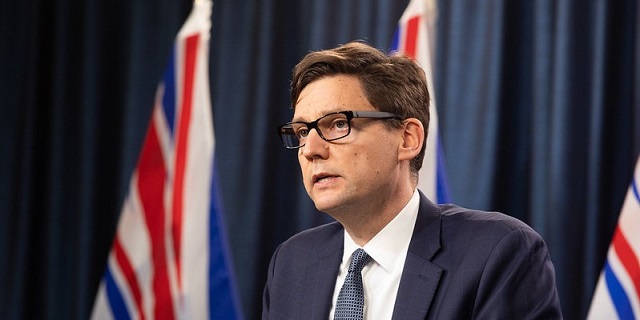
From the Frontier Centre for Public Policy
B.C. residents sat up and took notice of this shocking change when the Eby government announced that it planned to embark on a plan of “co-governance” with its indigenous population – a plan that would have given 5% of B.C.’s population a veto over every aspect of public land useage in the province.
Most Canadians are unaware that a campaign to remake Canada is underway. The conception of that most Canadians have of their country – that it is, one nation, in which citizens of different ethnic, religious and racial groups are all treated equally, under one set of laws – is being fundamentally transformed. B.C. residents sat up and took notice of this shocking change when the Eby government announced that it planned to embark on a plan of “co-governance” with its indigenous population – a plan that would have given 5% of B.C.’s population a veto over every aspect of public land useage in the province.
An emphatic “No” from an overwhelming majority of citizens put an end to this scheme – at least temporarily.
But the Eby government continues to move forward with its plan to transform the province into a multitude of semi-autonomous indigenous nations to accommodate that 5% of the indigenous B.C. population. It is proceeding with a plan that recognizes the Haida nation’s aboriginal title to the entire area of the traditional Haida territory. It would basically make Haida Gwaii into what would in essence be a semi-independent nation, ruled by Haida tribal law.
Many of us are familiar with that exceptionally beautiful part of Canada, where the Haida have lived for thousands of years. Misty Haida Gwaii, formerly known as the Queen Charlotte Islands, is a magical place. Until now, it has been a part of Canada. How would this Haida agreement change that?
Non-Haida residents of Haida Gwaii are probably asking themselves that question. Although they are being told that their fee simple ownership and other rights will not be affected by the Haida agreement, is that true? If one must be Haida by DNA to fully participate in decisions, how can it be argued that non Haida residents have rights equal to a Haida?
For example, the Supreme Court ruled in the Vuntut Gwitchin case that, based on the allegedly greater need of maintaining so-called Indigenous cultural “difference”, individual Indigenous Canadians can now be deprived by their band governments of their rights under the Canadian Charter of Rights and Freedoms on their home reserves and self-governing territories. Simply put, the law of the collective- namely tribal law- will apply.
So, tribal law takes precedence over Canadian law. And will a non-Haida resident be deprived of rights that he would enjoy anywhere else in Canada? For that matter, will an indigenous, but non-Haida, resident have equal rights to a Haida, if he can’t vote in Haida elections? Will this plan dilute, or even eliminate, fee simple ownership for some.
Or this: Does a provincial government even have the power to make such an agreement in the first place? After all Section 91(24) of our Constitution Act gives the federal government responsibility for status Indians.
These are but a few of the many questions that has B.C. residents asking many questions. In fact, the proposed Haida agreement will likely be front and centre in the upcoming provincial election, and could usher in decades of litigation and uncertainty.
But the Eby government has made it clear that the Haida agreement will be the template for others that will follow. Considering the fact that there are at least 200 separate indigenous communities in B.C. this would be a very ambitious undertaking – especially in light of the fact that most of those 200 or so communities are tiny, and almost all are dependent on taxpayers for their continued existence.
Eby is responding to the Supreme Court’s astounding decision that aboriginal title existed, unless it had been surrendered by treaty. The court relied on the Royal Proclamation of 1763 to come to this decision. This was after what was the longest trial in the history of B.C. wherein the trial judge in that case, Chief Justice Allan McEachern, had written a masterful decision finding that aboriginal title did not exist as claimed by the indigenous parties to the action. The Supreme Court went on in subsequent cases to transform Canadian indigenous law and expand section 35 in a manner that emphasized the need for “reconciliation”, the primacy of the collective over the rights of the individual for indigenous people, and the need for indigenous “nation to nation” separateness, instead of assimilation. All of this was done by judicial fiat, with absolutely no input from the Canadian public. Senior Ontario lawyer, Peter Best, describes this radical transformation of Canada in his epic work, “There Is No Difference”.
The unfortunate decision by both the federal government and the B.C. government to adopt UNDRIP, (United Nations Declaration on the Rights of Aboriginal Peoples) and B.C.’s provincial version, DRIPA, (Declaration on the Rights of Indigenous Peoples) further muddied the waters.
What British Columbia will look like in 10 years is anyone’s guess, if the hundreds of indigenous communities in B.C. are successful in obtaining agreements similar to what the Haida negotiate. It also seems very likely that indigenous communities in other parts of Canada will see what the B.C. communities achieved, and want the same additional autonomy and land rights for themselves. In the treaty areas of Canada, namely mainly the prairies and parts of the north, the treaties, in theory, settle the issue. But, if the B.C. Indians succeed in obtaining superior entitlements, the treaty Indians will almost certainly agitate for “modern treaties” that include what the Haida received.
And the citizens of eastern Canada, who believe that their indigenous claims have been permanently settled long ago, are probably in for a rude shock. In “A New Look at Canadian Indian Policy” the late Gordon Gibson quotes a former senior bureaucrat in Indian Affairs who insisted on remaining anonymous. That source says bluntly that all of Canada will be at play if Canada does indeed become the “patchwork of tiny Bantustans” that journalist and visionary Jon Kay predicted in 2001, if we keep going down this “nation to nation” path.
In fact, it is quite possible that every one of the 600 or so indigenous communities in Canada will end up with at least as much “separateness” as the Haida obtained. Canada will be fundamentally transformed into a crazy quilt of mainly dependent reserves governed by tribal law. Surely the Fathers of Confederation didn’t work so hard to end up with such a backward, fractured Canada?
As we see this fundamental transformation taking place in B.C., and then heading eastward, I suspect that Canadians who do not want such a future for their country will start to ask themselves how we arrived at this point. How can a nation be fundamentally transformed with no input from the citizens? Don’t the Canadian people have to be consulted, as we watch our country being transformed by judicial fiat and tribal law? Doesn’t a constitutional process have to be invoked, as happened in the failed Meech Lake or Charlottetown Accords?
Most Canadians believe that history has not been kind to indigenous people, and that indigenous have legitimate claims that need to be addressed. But most Canadians also believe that Canada is one country, in which everyone should be equal.
Canadians also firmly believe that Canada should not be divided into racial enclaves, where different sets of laws are applied to different racial or ethnic groups. In fact, most Canadians would probably support the sub-title of the late Gordon Gibson book cited above: “Respect the Collective – Support the Individual”. Canadians want to see indigenous people succeed, and they support indigenous people in their fierce determination to hold on to their indigenous identity and culture. But they want indigenous people to succeed as Canadians – not in a Canada that has been carved up into racial ghettos, like slices of a cheap pizza.
The Haida agreement is the first highly visible slice – a symbol of a semi-independent “nation” within Canada, that will be governed by rights of the collective tribal law – as opposed to the rights of the individual. That takes us back thousands of years. Before the Haida agreement inspires hundreds of other such racial mini-states within Canada, should Canadians not have a say in what our country is becoming?
Or will we continue to let unelected judges, and faceless bureaucrats, determine our fate?
Brian Giesbrecht, retired judge, is a Senior Fellow at the Frontier Centre for Public Policy
Indigenous
Constitutional lawyer calls for ‘false’ claims to end in Canadian residential schools burials
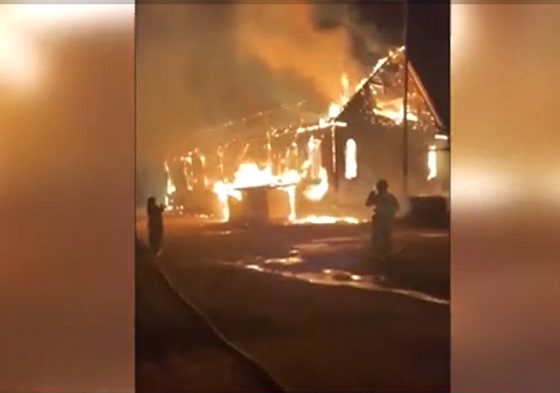
From LifeSiteNews
Justice Centre for Constitutional Freedoms founder John Carpay said unsubstantiated claims foster a hatred that led to churches being destroyed by arson, vandalized and desecrated.
One of Canada’s top constitutional lawyers blasted what he said are “false” and “virtue-signaling” displays of “truth and reconciliation” goals pushed by the federal government and media when it comes to indigenous “land acknowledgments.”
In a recent opinion piece, John Carpay, founder and president of the Justice Centre for Constitutional Freedoms (JCCF), said the “unsubstantiated claim” that thousands of indigenous kids were buried and disregarded by Catholic priests and nuns who ran some Canadian residential schools must be countered.
“Truth and reconciliation are goals worth pursuing,” wrote Carpay, adding, “which is why all Canadians, whether Aboriginal or non-Aboriginal, should not settle for the hypocritical virtue-signaling displayed through land acknowledgments.”
“Nor should we embrace false claims that foster division, or race-based laws that generate strife,” he noted.
In 2021 and 2022, the mainstream media ran with inflammatory and dubious claims that hundreds of children were buried and disregarded by Catholic priests and nuns who ran some Canadian residential schools. The reality is, after four years, there have been no mass graves discovered at residential schools.
However, as the claims went unfounded, since the spring of 2021, over 120 churches, most of them Catholic, many of them on indigenous lands that serve the local population, have been burned to the ground, vandalized, or defiled in Canada.
Carpay observed how the “inflammatory assertion” of the graves claims was based on ground penetrating radar, “which can only locate soil disturbances beneath the ground, and cannot locate human remains.”
He noted that the only way to find out for certain is for “excavation” to take place, to uncover the “truth.”
To date, the reality, as stated by Carpay, is “no field work has been conducted.”
“Rather, this unsubstantiated claim fosters the hatred that was on display when, following the May 2021 allegation, dozens of churches in Canada were burned and destroyed by arson, with dozens more vandalized and desecrated,” he said.
As reported by LifeSiteNews, retired Manitoba judge Brian Giesbrecht said in October 2024 that Canadians are being “deliberately deceived by their own government” after blasting the now former federal government of Justin Trudeau for “actively pursuing” a policy that blames the Catholic Church for the unfounded “deaths and secret burials” of Indigenous children.
Carpay noted how the Department of Crown-Indigenous Relations has “censored all details of what became of” some $12.1 million the k’emlúps te Secwe̓pemc First Nation received to conduct yet to be done excavations.
“This strongly suggests — but does not prove — that the claim about buried bodies is false,” Carpay wrote.
“Do the Tk’emlúps te Secwe̓pemc fear embarrassment and humiliation if an excavation fails to turn up the remains of 215 children? Where is their respect for the taxpayers’ money that was provided to them for a specific purpose? How is this refusal to conduct an excavation helpful to the goal of reconciliation?”
Carpay: ‘True’ reconciliation will only come once laws based on race or ancestry are ‘abolished’
Residential schools, although run by both the Catholic Church and other Christian churches, were mandated and established by the federal government. They were in operation from the late 19th century until the last school closed in 1996.
While some children did tragically die at the once-mandatory boarding schools, evidence has revealed that many of the children passed away as a result of unsanitary conditions due to underfunding by the federal government, not the Catholic Church.
Carpay said the only way for reconciliation among Canadians to happen is if everyone to truly has equal status under the law.
“Ultimately, true reconciliation among Canadians can only be achieved after we have abolished laws that are based on race, ethnicity, ancestry, or descent,” he wrote.
“When some Canadians — based on their ancestry or descent — have special, different, or superior rights, it necessarily leads to friction, strife, and resentment.”
Carpay added that the “best way” to achieve reconciliation is for all “Canadians to pay the same taxes, for all Canadians to have equal access to public spaces, for all Canadians to enjoy the same hunting and fishing opportunities, and for all Canadians to be equal before the law.”
“Anything else is, quite simply, racist,” he added.
Recent polling has shown that over two-thirds of Canadians want some kind of proof of the “unmarked graves” before believing the claims that Indigenous children were secretly murdered and buried at residential schools by Catholic clergy.
Energy
Indigenous Communities Support Pipelines, Why No One Talks About That

John Desjarlais of the Indigenous Resource Network and Norway PM Jonas Gahr at 2024 Arctic Frontiers Conference
From the Frontier Centre for Public Policy
Many Indigenous communities support pipelines and resource projects—but their voices are often drowned out by noisy activists and media narratives. Engineer and policy expert John Desjarlais, who works closely with First Nations, explains what Indigenous communities actually want and why their perspectives are ignored. Projects like Cedar LNG and Woodfibre LNG show Indigenous leadership and co-governance in action. Natural resources are foundational for Canada—and his vision might surprise you. (45 minutes)
-

 Censorship Industrial Complex2 days ago
Censorship Industrial Complex2 days agoCanada’s privacy commissioner says he was not consulted on bill to ban dissidents from internet
-
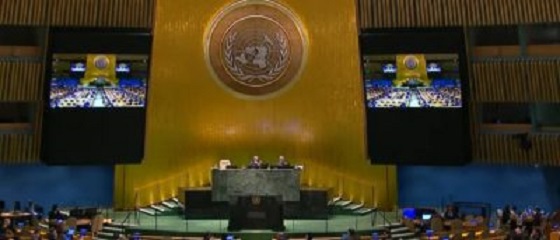
 Business2 days ago
Business2 days agoFormer Trump Advisor Says US Must Stop UN ‘Net Zero’ Climate Tax On American Ships
-

 Alberta2 days ago
Alberta2 days agoEnbridge CEO says ‘there’s a good reason’ for Alberta to champion new oil pipeline
-
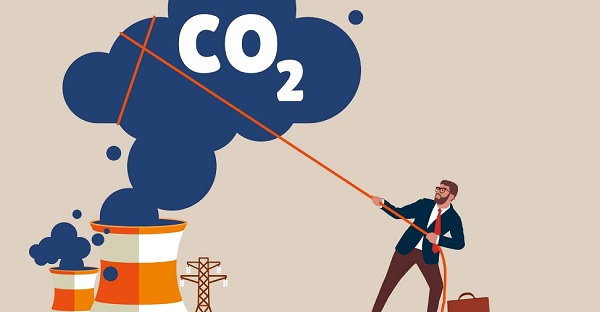
 Alberta2 days ago
Alberta2 days agoThe Technical Pitfalls and Political Perils of “Decarbonized” Oil
-

 National1 day ago
National1 day agoDemocracy Watch Renews Push for Independent Prosecutor in SNC-Lavalin Case
-

 Bruce Dowbiggin2 days ago
Bruce Dowbiggin2 days agoLong-Distance Field Goals Have Flipped The Field. Will The NFL Panic?
-
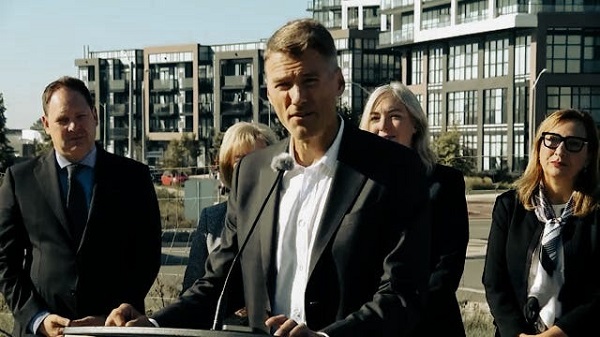
 Business2 days ago
Business2 days ago“Nation Building,” Liberal Style: We’re Fixing a Sewer, You’re Welcome, Canada
-

 Business1 day ago
Business1 day agoOver two thirds of Canadians say Ottawa should reduce size of federal bureaucracy
